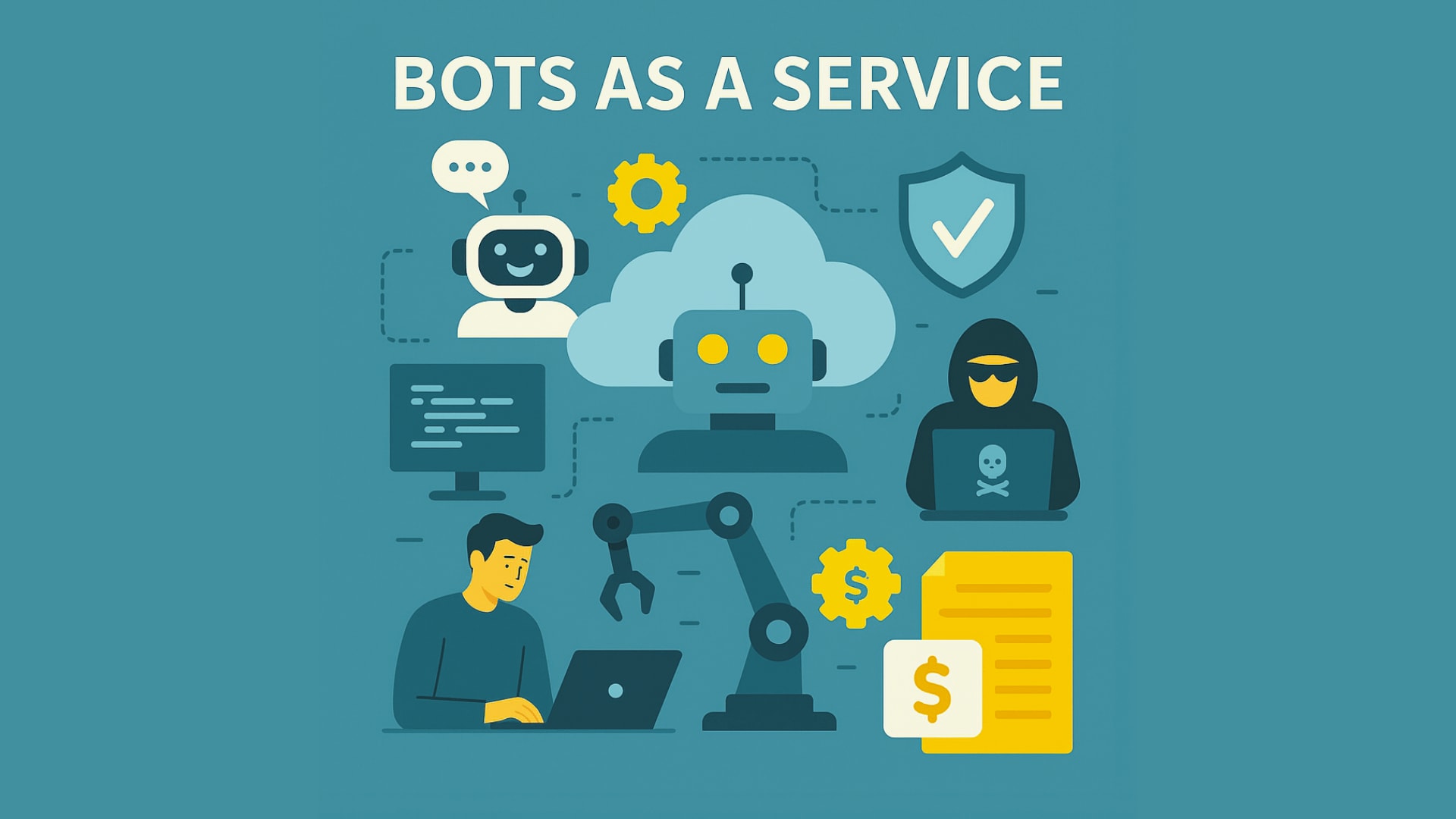
Bot as a Service (BaaS) refers to the cloud-based delivery of bots that can perform a wide range of tasks automatically. Businesses no longer need to develop or maintain bots themselves; instead, they can access these services from third-party providers. This model offers great flexibility, but it also presents security challenges, particularly with Advanced Persistent Bots (APBs), which are often used in cyberattacks.
Table of contents
What is Bot as a Service (BaaS)?
At its core, Bot as a Service (BaaS) allows businesses to rent bots rather than develop them in-house. These bots can handle tasks such as customer service automation, data processing, and security monitoring. Instead of investing in costly infrastructure or hiring teams to maintain bots, businesses pay for the bots they use on a subscription or pay-as-you-go basis.
The key benefit of BaaS is that it eliminates the need for upfront investments in hardware and software, making it more accessible for businesses of all sizes. This model also offers scalability, meaning businesses can adjust their bot usage depending on demand.
How Does Bots as a Service Work?
BaaS operates in a cloud-based environment, meaning the bots run on the provider’s servers. Companies can integrate these bots into their existing systems, such as CRM tools or helpdesk platforms, using APIs.
One of the biggest advantages of BaaS is its flexibility. Companies don’t need to worry about maintaining or updating the bots, as the service provider handles this.They can scale the bots up or down based on their needs, paying only for what they use.
Types of Bots in BaaS
There are several types of bots available through BaaS, each designed for different tasks. Chatbots automate interactions with customers, answering questions or assisting with transactions. RPA (Robotic Process Automation) bots handle repetitive administrative tasks such as data entry and report generation, freeing up human workers for more complex tasks.
Security bots, on the other hand, monitor networks for unusual activity, identifying potential security threats. These bots can play an essential role in improving a company’s cybersecurity posture, particularly when used for threat detection and incident response.
While bots can be incredibly useful, they also come with a darker side. APBs — advanced bots designed to mimic human behavior—can carry out malicious activities, such as conducting credential stuffing attacks or stealing sensitive data.
Benefits of Bots as a Service
The primary benefit of BaaS is its cost-effectiveness. Companies don’t need to invest in expensive infrastructure or hire teams to maintain bots. The pay-per-use model makes it affordable for small businesses as well as larger enterprises. Additionally, companies can implement bots quickly, enabling them to automate tasks without lengthy development cycles.
Scalability is another key advantage. As a business grows, it can adjust the number of bots it uses without having to worry about hardware upgrades or new software installations. The service provider handles these technical aspects, freeing the company to focus on core activities.
BaaS also provides 24/7 availability. Bots can operate around the clock, offering continuous support. Whether it’s a chatbot answering inquiries or a security bot scanning for threats, no human oversight is needed.
Risks and Challenges of BaaS
Despite its many benefits, BaaS comes with significant risks. One of the major concerns is the potential for abuse. Advanced Persistent Bots (APBs) can be rented from BaaS platforms by cybercriminals. These bots are designed to look like human users, making them difficult to detect and block.
APBs can carry out various malicious activities, such as stealing user credentials through credential stuffing or executing DDoS attacks. BaaS platforms make bots easily accessible, lowering the barriers for cybercriminals. This enables them to carry out complex attacks without advanced technical skills.
Another challenge is the dependency on third-party providers. If the service provider’s security measures are inadequate, it can expose your business to additional risks. It’s crucial to choose a BaaS provider with a strong reputation for security and reliability.
BaaS in Cybersecurity
In the cybersecurity space, BaaS can be incredibly effective. Bots can be used to detect security threats, monitor networks for suspicious activity, and automate responses to incidents. Bots can analyze vast amounts of data much faster than humans, helping to identify security vulnerabilities and prevent attacks before they occur.
However, the very same technology that can enhance security can also be exploited for malicious purposes. APBs can easily evade traditional security measures like CAPTCHA or IP-blocking by mimicking human-like behavior, making them a significant threat to businesses.
Managing the Risks of BaaS
To mitigate the risks associated with BaaS, companies should implement robust security protocols. This includes using secure communication channels, strong authentication methods, and continuous monitoring of bot activity. AI-powered CAPTCHA systems are particularly effective at detecting APBs, as they can analyze user behavior and identify inconsistencies that indicate automated activity.
It’s also important to choose a trustworthy BaaS provider. A reputable provider will have strong security measures in place and should comply with industry standards for data protection. Businesses should also review the provider’s terms and conditions to ensure they are aware of how their data will be handled.
Conclusion
As BaaS continues to evolve, its impact on various industries will only grow. Many businesses are already leveraging the full potential of cloud-based bots, and as the technology matures, more businesses will follow suit.
In the face of increasing cyber threats, companies need to be proactive in implementing bot protection systems. Solutions like captcha.eu provide a user-friendly and GDPR-compliant CAPTCHA system to help businesses detect and prevent malicious bot activities, such as Advanced Persistent Bot attacks, from undermining their operations.
100 free requests
You have the opportunity to test and try our product with 100 free requests.
If you have any questions
Contact us
Our support team is available to assist you.




